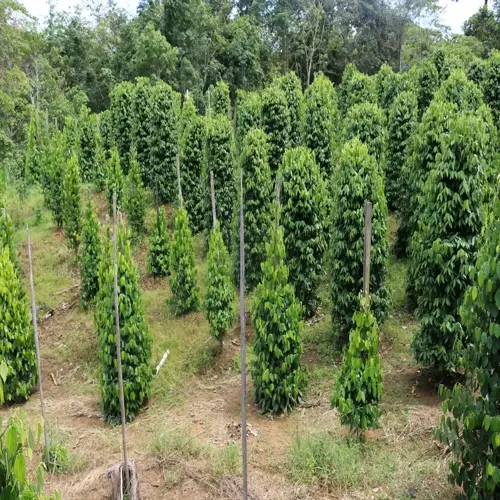Why does vermiculite turn golden when wet?

Written by
Nguyen Minh
Reviewed by
Prof. Martin Thorne, Ph.D.Vermiculite's dramatic color change from brown flakes to gold nuggets means it has hydrated properly. Water has gotten into its silicate layered structure. The mineral, now expanded, reflects light differently, giving it that metallic sheen! I rely on this visual cue daily to help me check moisture levels without disturbing the plants.
Structural Transformation
- Dry state: Compact layers appear dull brown
- Hydrated state: Water molecules expand layers 15-20x
- Expanded structure reflects light at golden wavelengths
Chemical Indicators
- Iron content oxidizes during hydration creating golden tones
- Uniform color indicates complete water penetration
- Spotty coloring suggests uneven moisture distribution
Employ this color change as a natural moisture meter. Golden vermiculite ensures the soil retains sufficient water for the plants' roots. Unequal coloring indicates dry spots in the soil that need attention. Dark bronze is a warning sign of excessive overwatering. This is the method of diagnosis I teach my students in horticulture for a non-invasive way to check soil moisture.
Several factors influence the speed and intensity of color change. Finer grades hydrate more quickly than coarse, and the color change is faster in warm soils than under cool conditions. Good-quality vermiculite exhibits more brightly colored material than inferior or decayed material. Test a sample from each of the various bags to assess their performance.
The uses are not limited to moisture observation. Add vermiculite to the close edges of the pots to enable visual moisture checks. To aid in visualizing moisture content, top-dress the potting soil for houseplants with a fine cover. Both of these methods will help prevent underwatering and root-drowning mishaps with sensitive plants.
Read the full article: Perlite vs Vermiculite: Ultimate Comparison Guide

